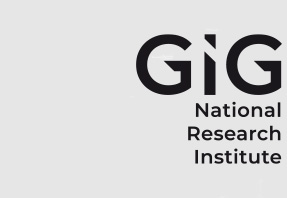Assessment of Hazard Due to Release of Gaseous Ammonia from the Fly Ash-Water Mixture Applied in Longwall Mine Gobs
Author ORCID Identifier
Eugeniusz Krause 0000-0001-5287-7339
Leszek Drobek 0000-0003-2114-089X
Tomasz Borecki 0000-0001-9669-9191
Abstract
Purpose The introduction of flue gas denitrification technologies by selective catalytic reduction (SCR) or selective non-catalytic reduction (SNCR) in coal fired plants resulted in an increase of ammonia content in fly ash. The utilization of fly ash in fire and ventilation prevention of hard coal mines causes the release of ammonia from a fly ash-water mixture. In the applied technology of the ash and water mixture, ammonia in gaseous form is discharged and mixes with the air flowing through the mine airways. In this article, reference is made to the risk assessment of gaseous ammonia in the longwall area during the application of the fly ash-water mixture to the gobs in the U-tube ventilation system. Methods The test methods include: ammonia release from ash and water mixtures at various temperatures and in respect to different proportions of water to ash with use of a multigas analyzer with an FTIR detector. Results The results of the laboratory tests helped to determine the size of the ammonia stream released from the fly ash-water mixture in respect to different ratios of water to ash. Practical implications Laboratory studies allow for ventilation and gaseous analysis to assess the level of ammonia risk, in the mine airways, from exhaust air discharged from the longwall area. Originality/value Based on the literature review, this type of research has not been carried out so far.
Recommended Citation
Krause, Eugeniusz; Drobek, Leszek; and Borecki, Tomasz
(2014)
"Assessment of Hazard Due to Release of Gaseous Ammonia from the Fly Ash-Water Mixture Applied in Longwall Mine Gobs,"
Journal of Sustainable Mining: Vol. 13
:
Iss.
2
, Article 3.
Available at: https://doi.org/10.46873/2300-3960.1261
Creative Commons License

This work is licensed under a Creative Commons Attribution-Noncommercial-No Derivative Works 4.0 License.

